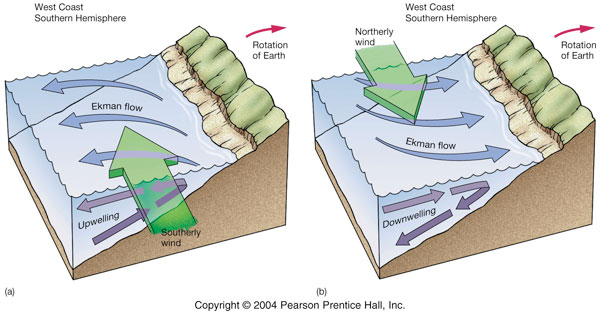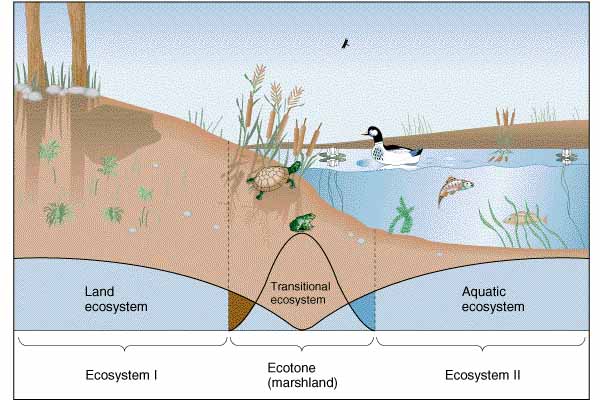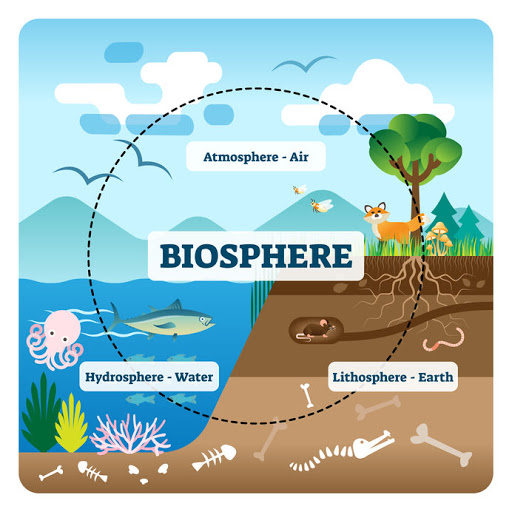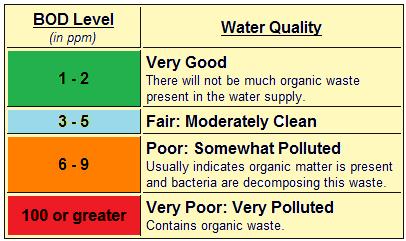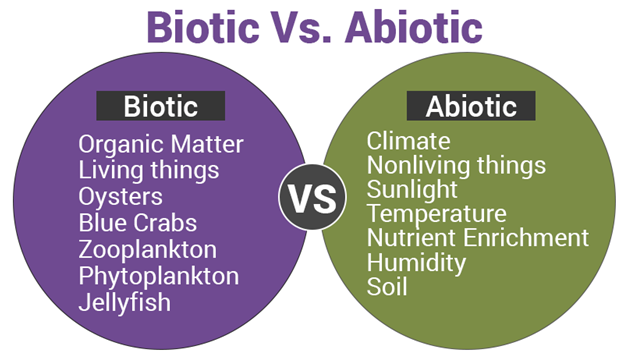October 19th Static Quiz on Environment
Quiz-summary
0 of 10 questions completed
Questions:
- 1
- 2
- 3
- 4
- 5
- 6
- 7
- 8
- 9
- 10
Information
Static Quiz on Environment
You have already completed the quiz before. Hence you can not start it again.
Quiz is loading...
You must sign in or sign up to start the quiz.
You have to finish following quiz, to start this quiz:
Results
0 of 10 questions answered correctly
Your time:
Time has elapsed
You have reached 0 of 0 points, (0)
Categories
- Not categorized 0%
- 1
- 2
- 3
- 4
- 5
- 6
- 7
- 8
- 9
- 10
- Answered
- Review
- Question 1 of 10
1. Question
Which one of the following terms describes not only the physical space occupied by an organism, but also its functional role in the community of organisms? (2013 UPSC Pyq)
CorrectAns;- b) Ecological Niche
Explanation;-
NICHE;-
Habitat and Niche are an important part of an ecosystem. They help in describing the interaction of an organism with its environment, including both biotic and abiotic agents. Ecology is the study of these interactions.
A niche defines a particular role played by organisms in an ecosystem, i.e. profession. Niche is a species-specific and it supports only a single species. Niche is a subset of habitat.
According to the competitive exclusion principle, no two species can occupy the same niche in the same environment for a long time.
Ecological NICHE;-
The term which not only describes the physical space occupied by an organism, but also its functional role in the community of organisms is called ecological niche
Types of Niche are as follows;-
1) Habitat Niche, 2) Food Niche, 3)Reproductive Niche, 4)Physical and Chemical Niche.
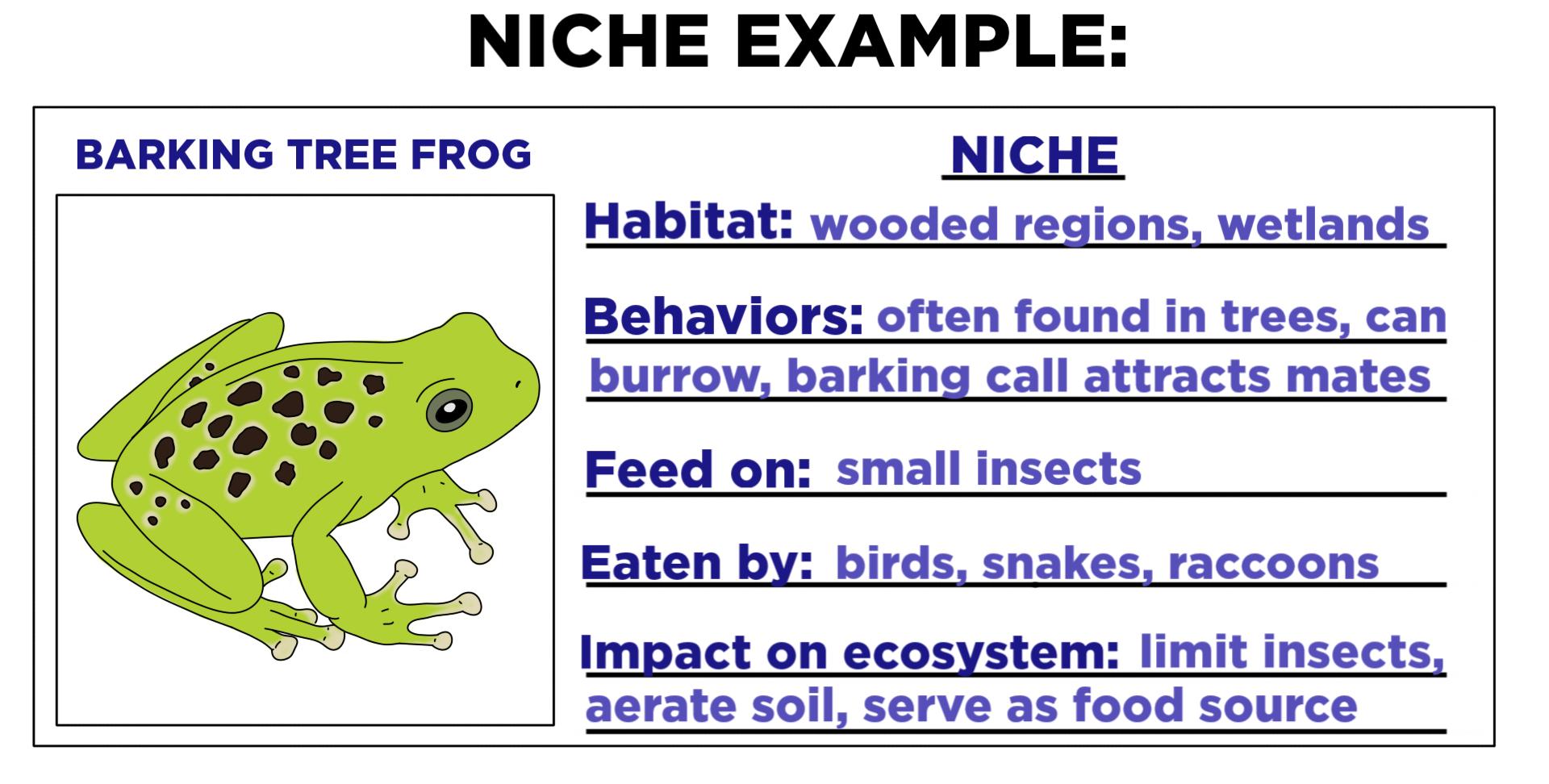 Incorrect
IncorrectAns;- b) Ecological Niche
Explanation;-
NICHE;-
Habitat and Niche are an important part of an ecosystem. They help in describing the interaction of an organism with its environment, including both biotic and abiotic agents. Ecology is the study of these interactions.
A niche defines a particular role played by organisms in an ecosystem, i.e. profession. Niche is a species-specific and it supports only a single species. Niche is a subset of habitat.
According to the competitive exclusion principle, no two species can occupy the same niche in the same environment for a long time.
Ecological NICHE;-
The term which not only describes the physical space occupied by an organism, but also its functional role in the community of organisms is called ecological niche
Types of Niche are as follows;-
1) Habitat Niche, 2) Food Niche, 3)Reproductive Niche, 4)Physical and Chemical Niche.

- Question 2 of 10
2. Question
In the context of ecosystem productivity, marine upwelling zones are important as they increase the marine productivity by bringing the: (2011 UPSC Pyq)
1) decomposer microorganisms to the surface.
2) nutrients to the surface.
3) bottom-dwelling organisms to- the surface.Which of the statements given above is/are correct?
CorrectAns;- b) 2 Only
Explanation;-
Since phytoplankton form the base of marine food webs, the world’s most productive fisheries are located in areas of coastal upwelling that bring cold nutrient rich waters to the surface. On the other hand, in zones of coastal downwelling, the surface layer of warm, nutrient-deficient water thickens as water sinks.
Below image of Upwelling and Downwelling of Nutrients;-
Upwelling is a process in which currents bring deep, cold water to the surface of the ocean. Upwelling is a result of winds and the rotation of the Earth.
Downwelling is a kind of reverse upwelling. Instead of deeper water rising up, warm surface water sinks down. Upwelling and downwelling patterns often alternate seasonally.
Example :- Regions around the Grand Banks of Newfoundland are the world’s largest fishing grounds.Mixing of warm Gulf Stream and cold Labrador currents make the region the most productive fishing ground on earth.
 Incorrect
IncorrectAns;- b) 2 Only
Explanation;-
Since phytoplankton form the base of marine food webs, the world’s most productive fisheries are located in areas of coastal upwelling that bring cold nutrient rich waters to the surface. On the other hand, in zones of coastal downwelling, the surface layer of warm, nutrient-deficient water thickens as water sinks.
Below image of Upwelling and Downwelling of Nutrients;-
Upwelling is a process in which currents bring deep, cold water to the surface of the ocean. Upwelling is a result of winds and the rotation of the Earth.
Downwelling is a kind of reverse upwelling. Instead of deeper water rising up, warm surface water sinks down. Upwelling and downwelling patterns often alternate seasonally.
Example :- Regions around the Grand Banks of Newfoundland are the world’s largest fishing grounds.Mixing of warm Gulf Stream and cold Labrador currents make the region the most productive fishing ground on earth.

- Question 3 of 10
3. Question
Which one of the following is the correct sequence of ecosystems in the order of decreasing productivity? (2013 UPSC Pyq)
CorrectAns;- C) Mangroves, grassland, Lakes ,oceans
Explanation;-
So the correct sequence of ecosystem in the order decreasing productivity is: Mangroves > Grasslands > Lakes > Oceans.
Productivity is the rate of biomass production. In other words, ecosystem productivity represents the total amount of energy (organic matter) fixed or stored by the autotrophs per unit time in the ecosystem.
Productivity = production/unit area/unit time
Productivity is divided in to two, primary productivity and secondary productivity
The average ocean productivity is about 50 grams carbon per square meter per year.
Average land productivity is 160 grams carbon per square meter per year.The productivity of the open ocean (ocean away from coasts) is comparable to desert production.
The mangroves are highly ‘productive’. Hence C is the answer
IncorrectAns;- C) Mangroves, grassland, Lakes ,oceans
Explanation;-
So the correct sequence of ecosystem in the order decreasing productivity is: Mangroves > Grasslands > Lakes > Oceans.
Productivity is the rate of biomass production. In other words, ecosystem productivity represents the total amount of energy (organic matter) fixed or stored by the autotrophs per unit time in the ecosystem.
Productivity = production/unit area/unit time
Productivity is divided in to two, primary productivity and secondary productivity
The average ocean productivity is about 50 grams carbon per square meter per year.
Average land productivity is 160 grams carbon per square meter per year.The productivity of the open ocean (ocean away from coasts) is comparable to desert production.
The mangroves are highly ‘productive’. Hence C is the answer
- Question 4 of 10
4. Question
Which one of the following is the process involved in photosynthesis? (UPSC 2014 Pyq)
CorrectAns;- b) Free energy is converted into potential energy and stored
Explanation;-
Photosynthesis, the process by which green plants and certain other organisms transform light energy into chemical energy. During photosynthesis in green plants, light energy is captured and used to convert water, carbon dioxide, and minerals into oxygen and energy-rich organic compounds.IncorrectAns;- b) Free energy is converted into potential energy and stored
Explanation;-
Photosynthesis, the process by which green plants and certain other organisms transform light energy into chemical energy. During photosynthesis in green plants, light energy is captured and used to convert water, carbon dioxide, and minerals into oxygen and energy-rich organic compounds. - Question 5 of 10
5. Question
In the grasslands, trees do not replace the grasses as a part of an ecological succession because of (2013 UPSC Pyq)
CorrectAns;- C) Water limits and fire
Explanation;-
In the grasslands, trees do not replace the grasses as a part of an ecological succession because of Water limits and fire.
Two factors for evolution of temperate grassland biome, i) Extreme continental climate with limited supply of water due to low rainfall, ii) human activities mainly burning of vegetation.”IncorrectAns;- C) Water limits and fire
Explanation;-
In the grasslands, trees do not replace the grasses as a part of an ecological succession because of Water limits and fire.
Two factors for evolution of temperate grassland biome, i) Extreme continental climate with limited supply of water due to low rainfall, ii) human activities mainly burning of vegetation.” - Question 6 of 10
6. Question
Which of following statement is true about the Ecotone?
CorrectAns: a) It is meeting place of two different eco systems
Explanation:
An ecotone is a transition area between two biological communities, where two communities meet and integrate. It may be narrow or wide, and it may be local (the zone between a field and forest) or regional (the transition between forest and grassland ecosystems).
It may be narrow (between grassland and forest) or wide (between forest and desert). It has conditions intermediate to the adjacent ecosystems. Hence it is a zone of tension
A well-developed ecotone contains some organisms which are entirely different from that of the adjoining communities
Ecotone is a place where two different eco systems meet each other. Mangrove and terrestrial eco system is an example of Ecotone. This area is very rich is in species.
 Incorrect
IncorrectAns: a) It is meeting place of two different eco systems
Explanation:
An ecotone is a transition area between two biological communities, where two communities meet and integrate. It may be narrow or wide, and it may be local (the zone between a field and forest) or regional (the transition between forest and grassland ecosystems).
It may be narrow (between grassland and forest) or wide (between forest and desert). It has conditions intermediate to the adjacent ecosystems. Hence it is a zone of tension
A well-developed ecotone contains some organisms which are entirely different from that of the adjoining communities
Ecotone is a place where two different eco systems meet each other. Mangrove and terrestrial eco system is an example of Ecotone. This area is very rich is in species.

- Question 7 of 10
7. Question
Which of following statement is incorrect about the Biosphere?
CorrectAns: c) Organisms are uniformly present in Biosphere
Explanation:-
Biosphere is combination of lithosphere, hydrosphere and Atmosphere. Biosphere is not found everywhere some areas do not support the conditions required for Biosphere. Hence Organisms are not uniformly distributed throughout the world.
 Incorrect
IncorrectAns: c) Organisms are uniformly present in Biosphere
Explanation:-
Biosphere is combination of lithosphere, hydrosphere and Atmosphere. Biosphere is not found everywhere some areas do not support the conditions required for Biosphere. Hence Organisms are not uniformly distributed throughout the world.

- Question 8 of 10
8. Question
Which of following can be used for controlling Gaseous Pollutant?
CorrectAns:- c) Absorption
Explanation:-
Absorption technique is used for controlling Gaseous pollutant. These pollutants are brought into contact with liquid such as water. It may either become solvent or capture it through the chemical reaction.IncorrectAns:- c) Absorption
Explanation:-
Absorption technique is used for controlling Gaseous pollutant. These pollutants are brought into contact with liquid such as water. It may either become solvent or capture it through the chemical reaction. - Question 9 of 10
9. Question
What does the high Biological Oxygen Demand (BOD) indicates?
CorrectAns:- a) High level of Microbial Pollution
Explanation:-
Oxygen is demanded for decomposition related activities under the water. Increase in waste and pollution enhances the decomposition activities and thereby reduces the availability of oxygen for other organic activities under the water body.
Chemical Oxygen Demand is the total measurement of all chemicals (organics & in-organics) in the water / waste water;
BOD is a measure of, the amount of oxygen that require for the bacteria to degrade the organic components present in water / waste water
 Incorrect
IncorrectAns:- a) High level of Microbial Pollution
Explanation:-
Oxygen is demanded for decomposition related activities under the water. Increase in waste and pollution enhances the decomposition activities and thereby reduces the availability of oxygen for other organic activities under the water body.
Chemical Oxygen Demand is the total measurement of all chemicals (organics & in-organics) in the water / waste water;
BOD is a measure of, the amount of oxygen that require for the bacteria to degrade the organic components present in water / waste water

- Question 10 of 10
10. Question
Among these which is not an abiotic component of an ecosystem?
CorrectAns;- d) Microorganisms
Explanation;-
An ecosystem is a bunch of organisms and the environment in which they live. Biotic factors are living parts (the organisms) of that ecosystem, and abiotic factors are nonliving parts (often, the habitat).
 Incorrect
IncorrectAns;- d) Microorganisms
Explanation;-
An ecosystem is a bunch of organisms and the environment in which they live. Biotic factors are living parts (the organisms) of that ecosystem, and abiotic factors are nonliving parts (often, the habitat).


